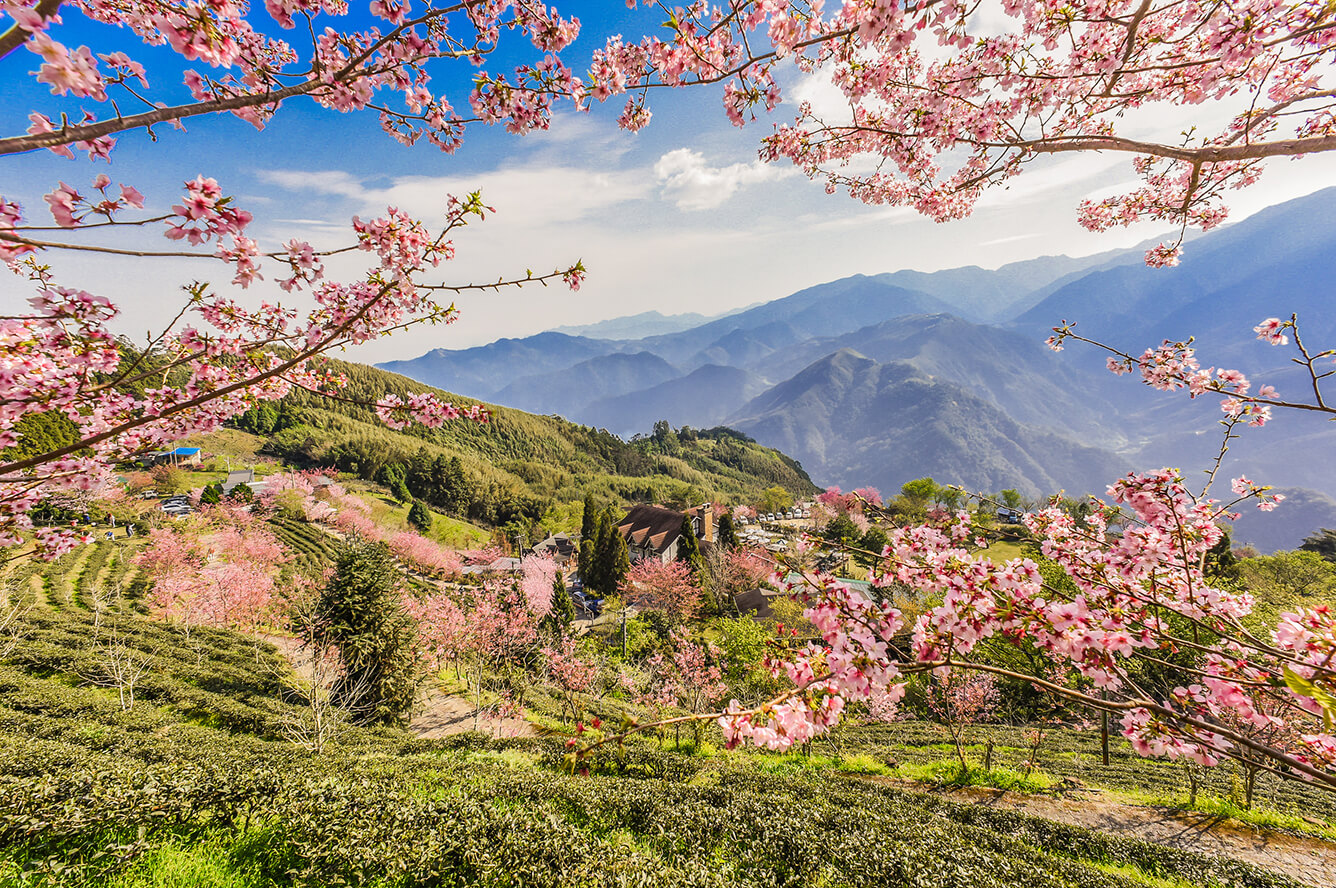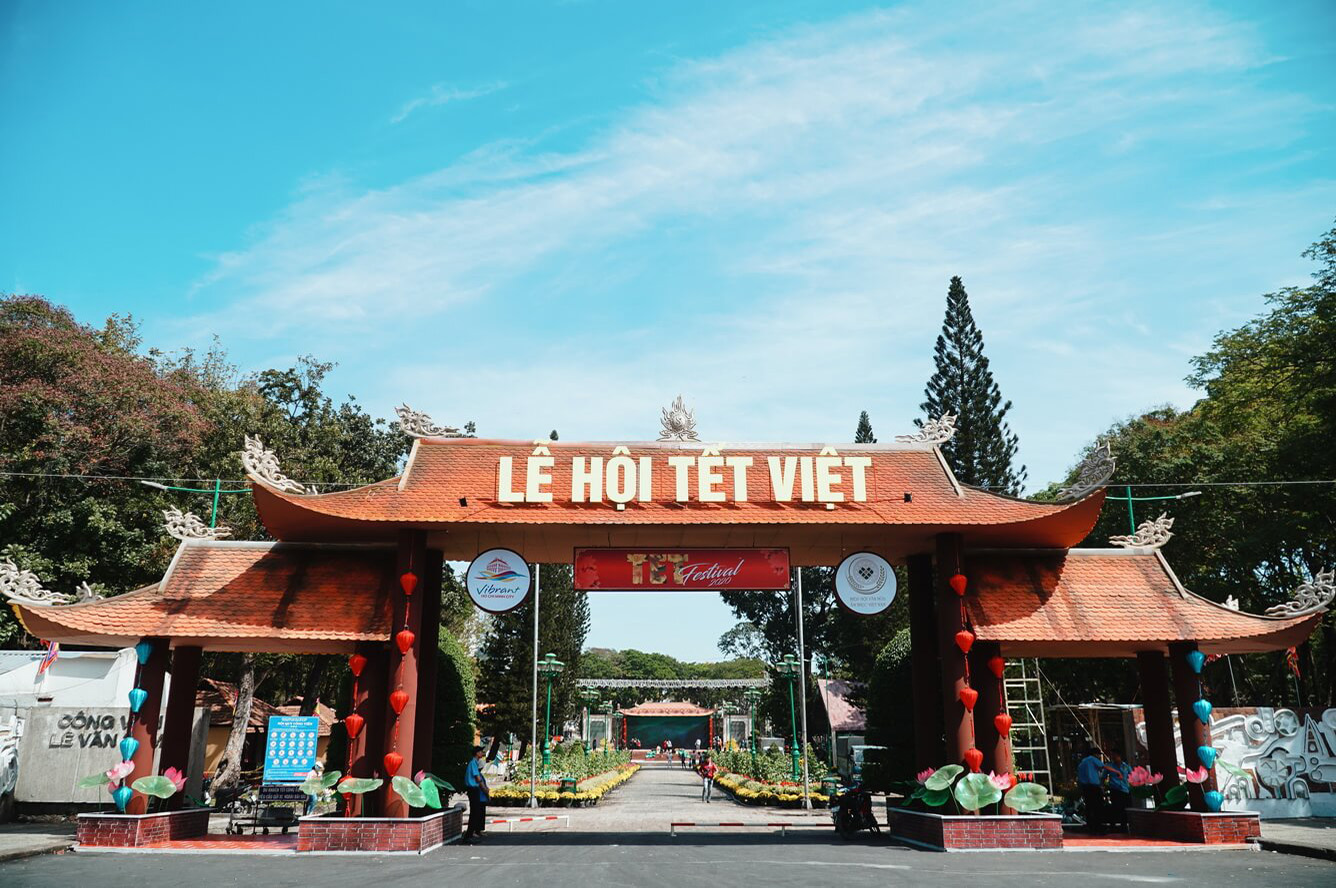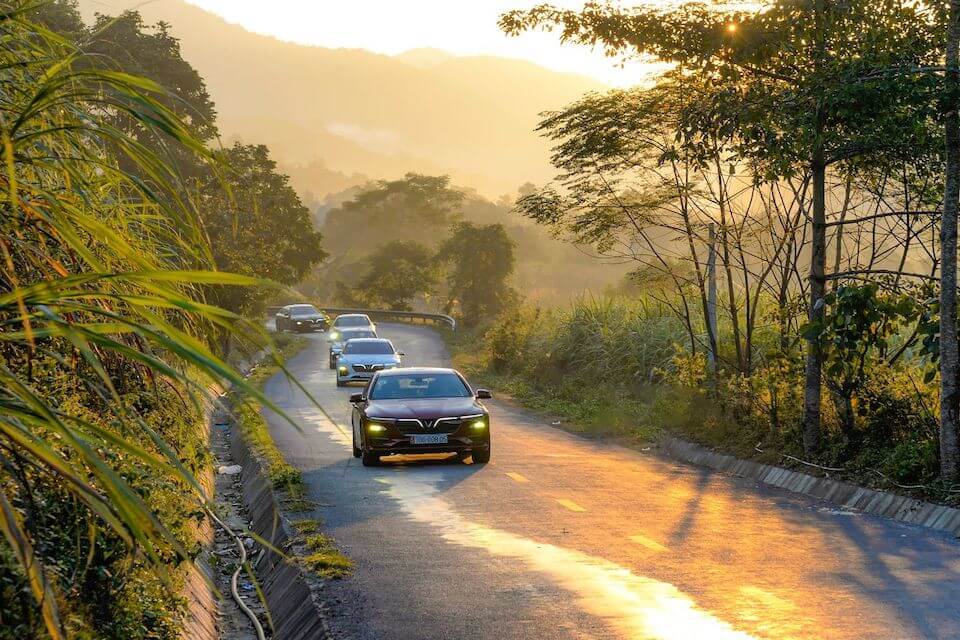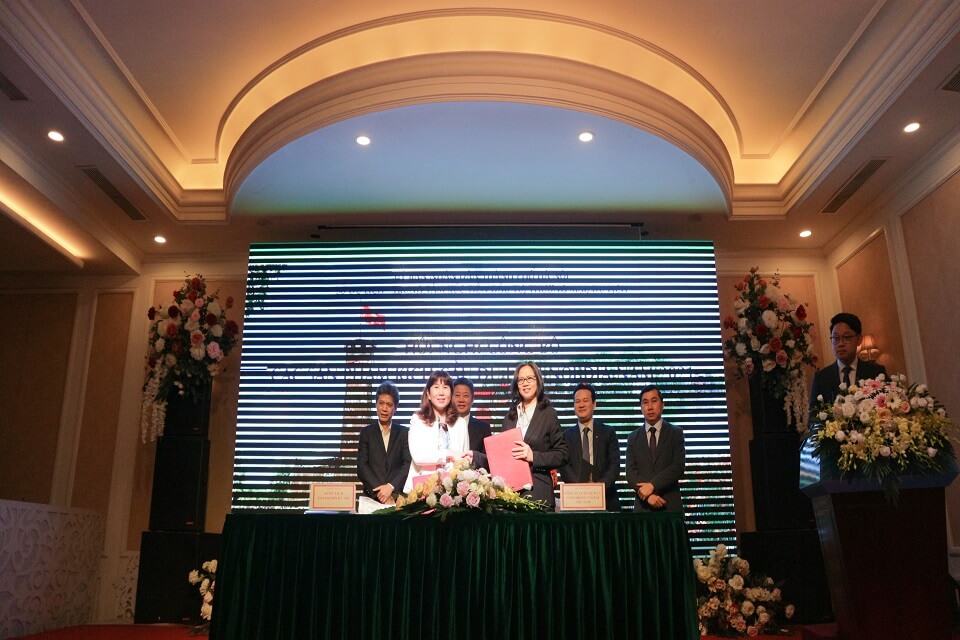Mumbai’s most impressive architecture
Mumbai’s most impressive architecture Imposing, exuberant and overflowing with people, the Chhatrapati Shivaji Terminus (Victoria Terminus) is Mumbai’s most extravagant Gothic building, the beating heart of the city’s railway network and an aphorism for colonial India.
Gateway of India

Chhatrapati Shivaji Terminus

Imposing, exuberant and overflowing with people, the Chhatrapati Shivaji Terminus (Victoria Terminus) is Mumbai’s most extravagant Gothic building, the beating heart of the city’s railway network and an aphorism for colonial India. It is a meringue of Victorian, Hindu and Islamic styles whipped into an imposing, Daliesque structure of buttresses, domes, turrets, spires and stained-glass windows. It was added to the Unesco World Heritage list in 2004. (Orien Harvey/LPI)
St Thomas’ Cathedral

Haji Ali Mosque

Floating like a sacred mirage off the coast, the Haji Ali Mosque is one of Mumbai's most striking shrines. Built in the 19th Century, it contains the tomb of the Muslim saint Haji Ali. A long concrete causeway reaches into the Arabian Sea, providing access to the mosque, but at high tide, water covers the causeway and the mosque becomes an island. (Orien Harvey/LPI)
Elephanta Island

The rock-cut temples on Elephanta Island are a Unesco World Heritage Site and worth crossing the waters for. Home to a labyrinth of cave-temples carved into the basalt rock of the island, the artwork represents some of the most impressive temple carving in all of India. The enormous central bust of Shiva, its eyes closed in eternal contemplation, may be the most serene sight you witness in India. (Richard I’Anson/LPI)
High Court

A hive of daily activity, the High Court is an elegant 1848 neo-Gothic building. The design was inspired by a German castle and was obviously intended to dispel any doubts about the authority of the justice dispensed inside, though local stone carvers presumably saw things differently: they carved a one-eyed monkey fiddling with the scales of justice on one pillar. (Mick Elmore/LPI)
University of Mumbai

Looking like a 15th-century French-gothic masterpiece plopped incongruously among Mumbai's palm trees, University of Mumbai (still commonly known as Bombay University) was designed by Gilbert Scott of London's St Pancras Station fame. It is possible to take a peek inside both the exquisite University Library and Convocation Hall, but the 80m-high Rajabai Clock Tower, decorated with detailed carvings, is off limits. (Huw Jones/LPI)
Chhatrapati Shivaji Maharaj Vastu Sangrahalaya

Mumbai’s biggest and best museum, this domed behemoth is an intriguing hodgepodge of Islamic, Hindu and British architecture displaying a mix of dusty exhibits from all over India. Opened in 1923 to commemorate King George V’s first visit to India back in 1905, its flamboyant Indo-Saracenic style was designed by George Wittet – who also did the Gateway of India. (David CollinsLPI)
Keneseth Eliyahoo Synagogue

Built in 1884, this impossibly sky-blue synagogue still functions and is tenderly maintained by the city’s dwindling Jewish community. One of two built in the city by the Sassoon family (the other is in Byculla), the interior is wonderfully adorned with colourful pillars, chandeliers and stained-glass windows – best viewed in the afternoons when rainbows of light shaft through. (Mick Elmore/LPI)
Nehru Centre

Source: BBC

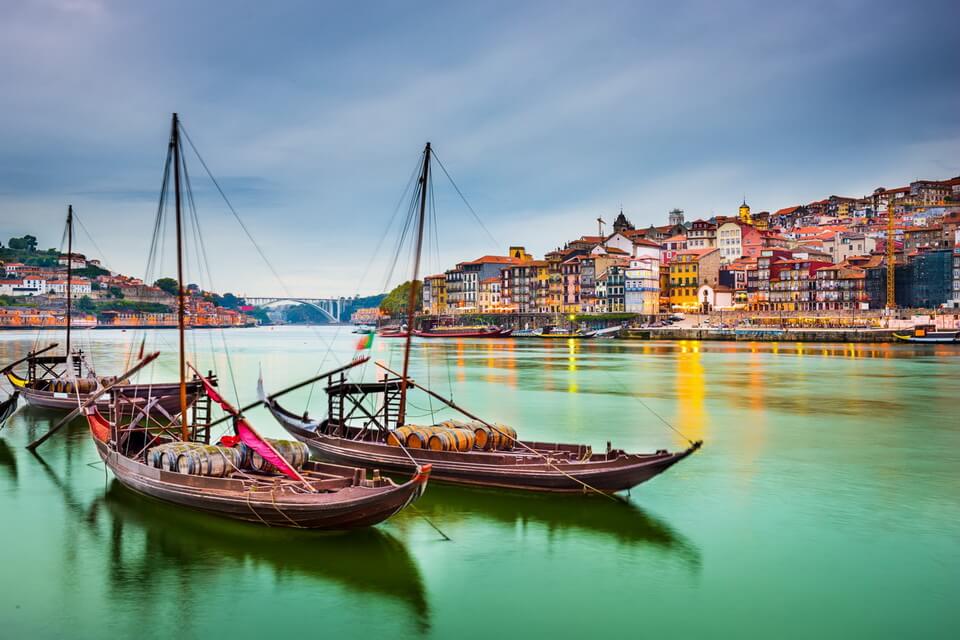
Benefits from investment for overseas settlement
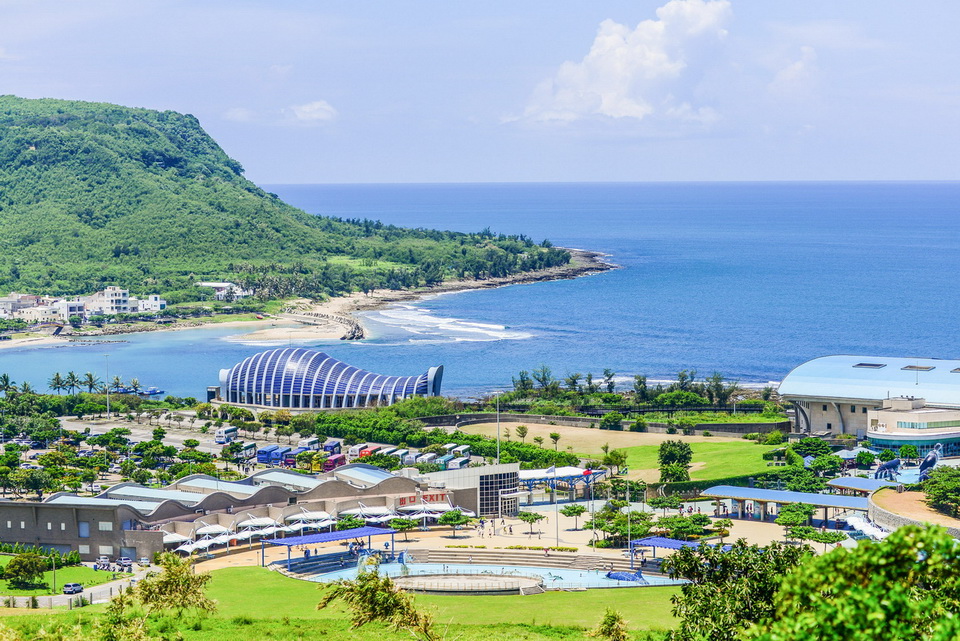
New experiences for travel in Taiwan
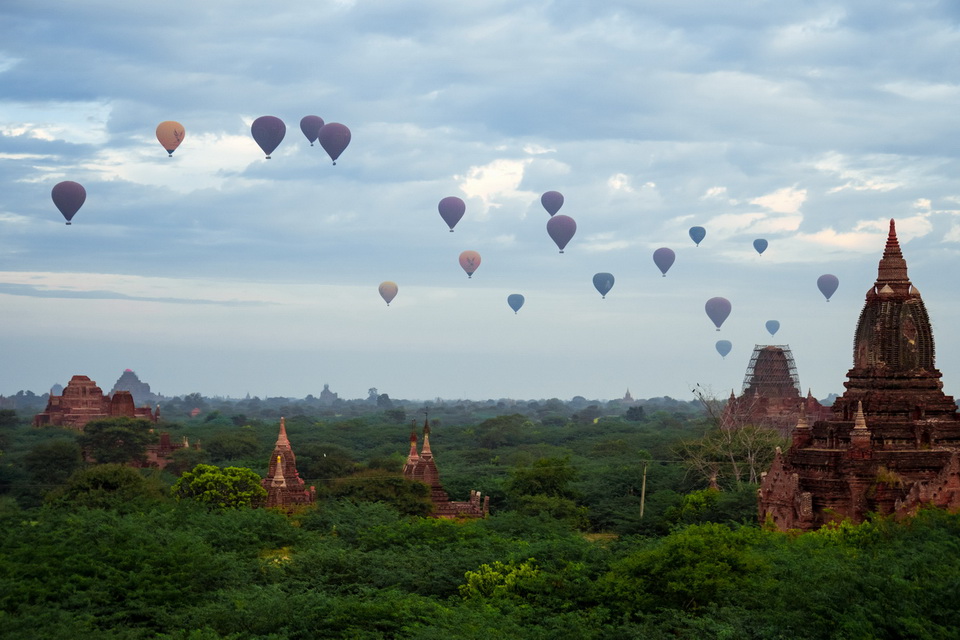
Exploring the ancient city of Bagan
Living a farmer’s life in Ibaraki Prefecture
Let’s live with farmers from the Hiroura Rural Experience Promotion Association in Ibaraki Town!
From cherry blossoms to nemophila, spring in Ibaraki is the season of flowers
Spring is the season of flowers blooming everywhere. This article would like to introduce the places ...
What's so special about experience tours in Ibaraki?
Ibaraki Prefecture is easy to reach from Haneda Airport or Narita Airport. It takes about 90 minutes ...
Where to see the most spectacular Cherry blossoms in this Spring
Spring is here, and so is the countdown to one of the most beautiful blooms of the year: Cherry blos ...
Tet and others spectacular festivals around the world in January 2020
In January 2020, Tet festival in Vietnam and others spectacular festivals around the world are color ...
The best Christmas drinks from around the world
Boozy, warming, and very indulgent – what more do you expect from a Christmas cocktail? Try one of t ...







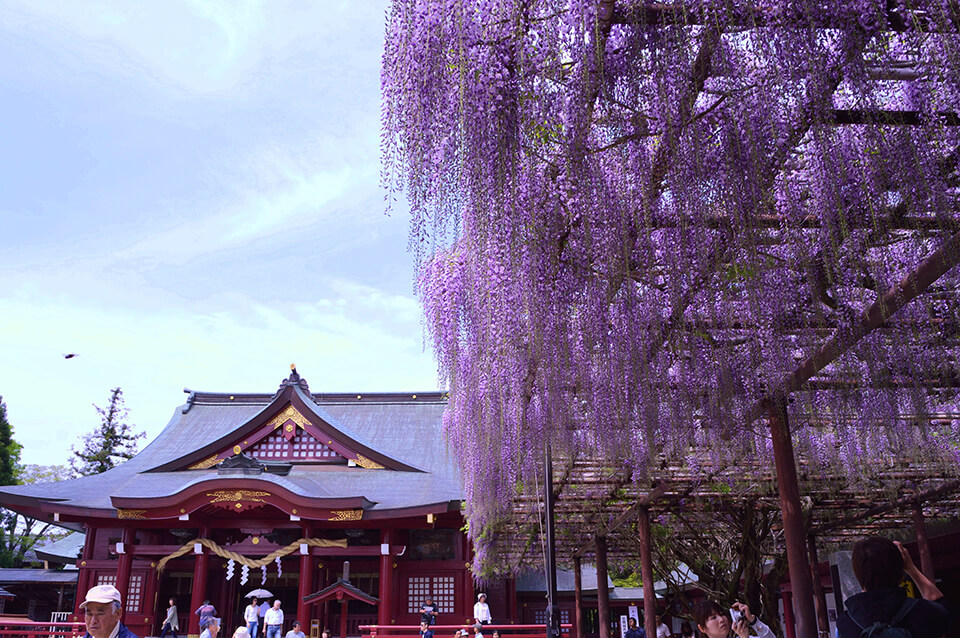
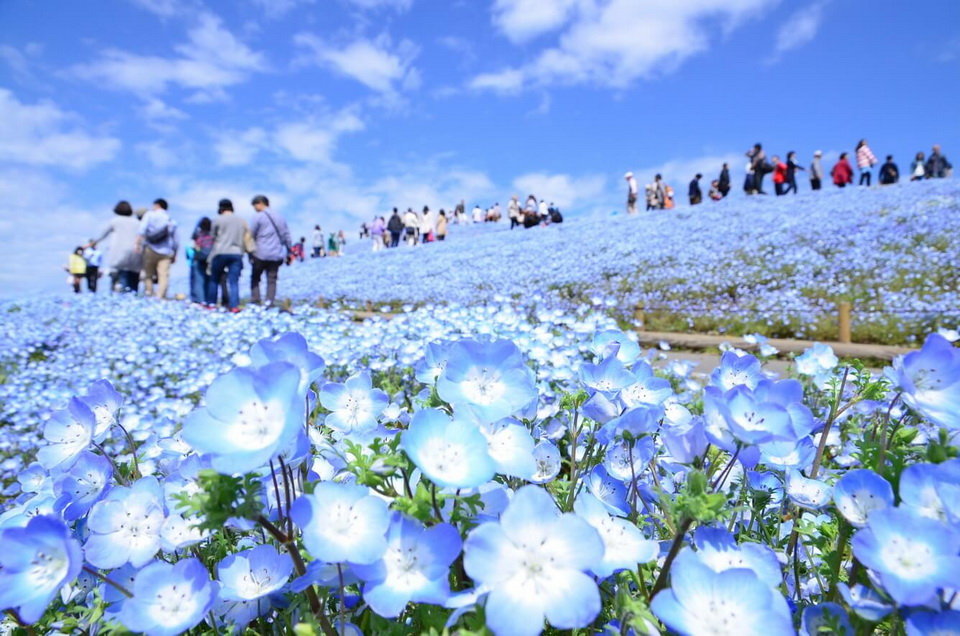
 (1).jpg)
